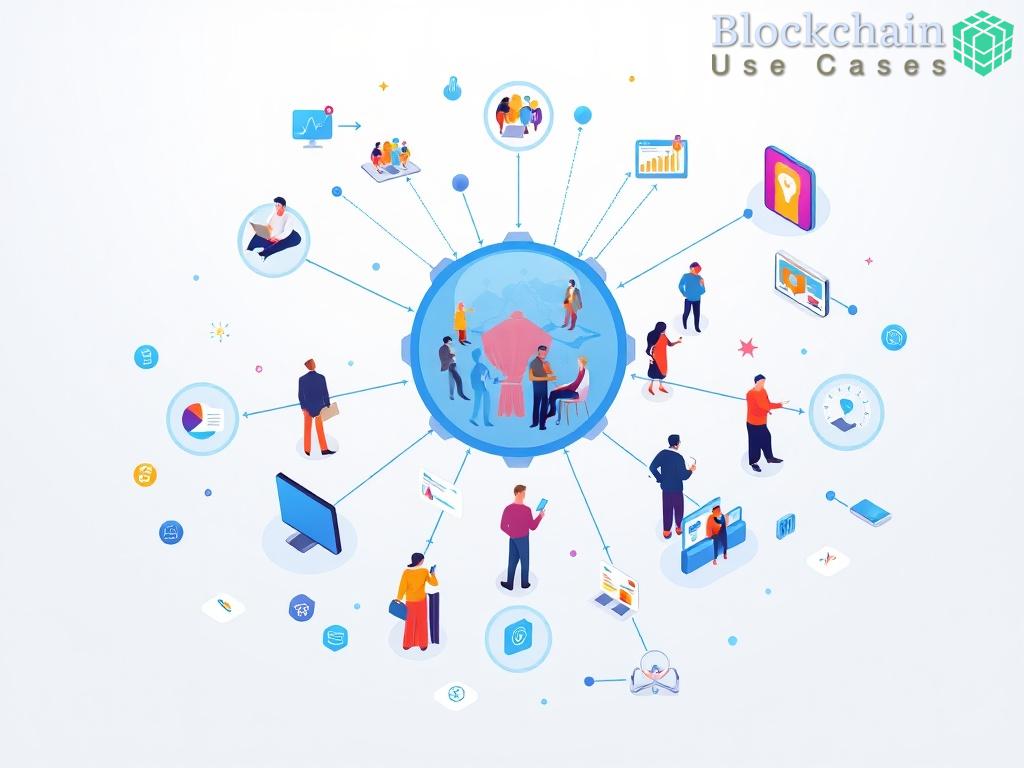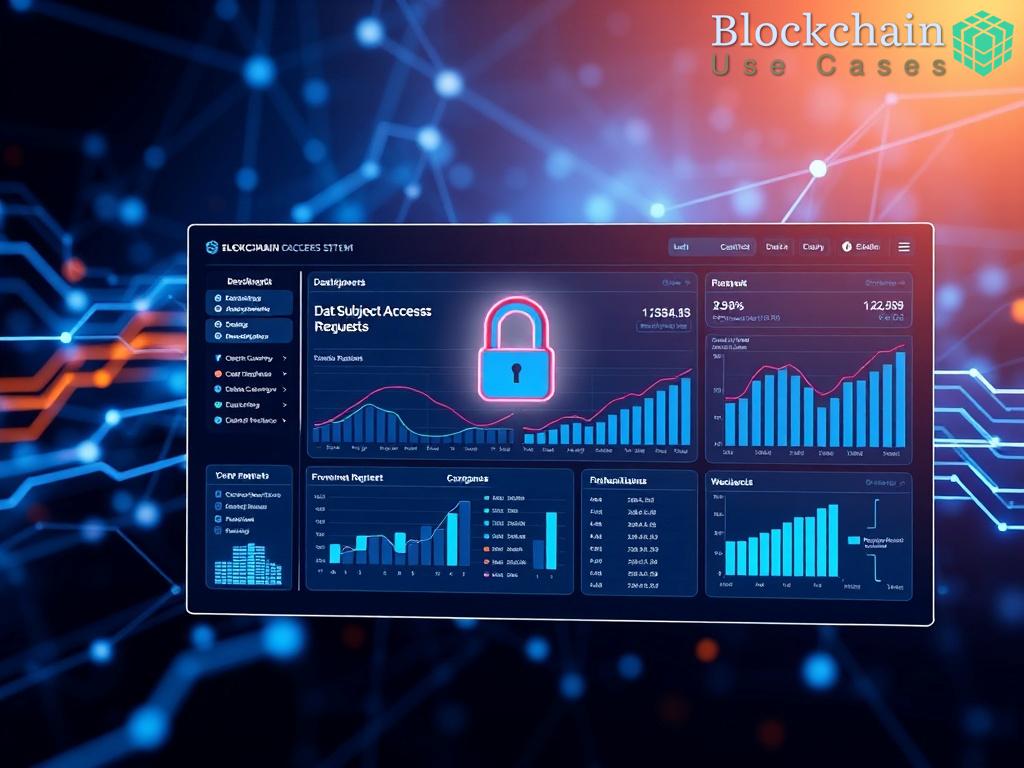Understanding Decentralized Browser Isolation

In an increasingly digital world, the importance of online security cannot be overstated. Traditional browsing methods are frequently targeted by cyber threats, leading to data breaches and privacy invasions. Decentralized browser isolation emerges as a transformative approach, leveraging distributed networks to enhance security and user privacy. This innovative paradigm shifts the focus from centralized control to a user-centric model, promising a safer browsing experience.
The mechanics of decentralized browser isolation are rooted in the principles of blockchain technology and peer-to-peer networking. By distributing the browsing process across a network of nodes, user data is compartmentalized, reducing the risk of exposure. Each interaction is isolated in a secure environment, ensuring that malicious sites cannot infiltrate the local system.
To better understand the benefits of this technology, consider the following:
- Enhanced Security: By isolating browser sessions, potential threats are contained and cannot spread to the user’s device.
- Privacy Preservation: User data is anonymized and scattered across the network, making it difficult for trackers to compile comprehensive profiles.
- Resilience Against Attacks: Decentralized platforms are inherently more resistant to DDoS and other attacks due to their distributed nature.
As we look ahead, the integration of decentralized browser isolation into everyday browsing is poised to redefine user experiences. With the growing demand for privacy and security, developers are focused on refining these platforms to make them more accessible and user-friendly. The potential for widespread adoption could lead to a significant decrease in cyber threats and a boost in consumer confidence when navigating the web.
Benefits of Remote Browsing Solutions

The evolution of remote browsing solutions is reshaping the way we interact with the web, particularly in the context of security and user experience. As cyber threats become more sophisticated, the necessity for robust solutions that can safeguard users from emerging risks has never been more critical. Remote browsing provides a sanctuary where users can explore the internet without the fear of compromising their personal data or exposing their devices to vulnerabilities. This innovative approach encapsulates several advantages that stand out in the realm of online safety.
One of the most compelling benefits of remote browsing solutions is the enhanced security they provide. By employing a model where the browsing activity occurs in a virtualized environment, users can effectively shield their local systems from malicious threats. Each session is executed in a secure, isolated container, preventing harmful software from infiltrating the user’s device. This isolation ensures that even if a user accidentally visits a compromised site, the risk of data leakage is significantly minimized.
Moreover, remote browsing solutions prioritize user privacy by anonymizing data exchanges. This is particularly crucial in a world where data is often harvested without user consent. With decentralized platforms, users can navigate the web with less concern about being tracked or monitored. The architecture of these solutions means that user information is fragmented and distributed, complicating any attempts by potential adversaries to compile and exploit this data. The result is a more user-friendly experience that empowers individuals to browse freely, knowing their personal information is safeguarded.
| Feature | Traditional Browsing | Remote Browsing Solution |
|---|---|---|
| Data Exposure Risk | High | Low |
| Malware Infection | Common | Rare |
| User Anonymity | Limited | High |
As illustrated in the comparison table above, the advantages of remote browsing solutions stand in stark contrast to traditional browsing methods, highlighting their essential role in modern web security. As we continue to embrace digital transformation, the integration of such secure platforms will be pivotal in fostering a secure online environment.
Technologies Enabling Secure Decentralization

As the digital landscape evolves, so do the technologies that underpin secure browsing solutions. The convergence of several advanced technologies is paving the way for decentralized platforms that enhance online security and privacy. These technologies not only support the architecture of secure browser isolation but also empower users to navigate the web with a renewed sense of confidence.
Blockchain Technology stands at the forefront of enabling secure decentralization. It provides an immutable ledger that enhances the integrity of data exchanges among users. By distributing data across multiple nodes in a network, blockchain reduces the risk of single points of failure. This decentralized nature ensures that even if one node is compromised, the integrity of the entire system remains intact. Moreover, the cryptographic techniques inherent in blockchain technology offer robust authentication mechanisms, protecting user identities and transactions from unauthorized access.
In addition to blockchain, Peer-to-Peer (P2P) Networking plays a crucial role in enabling secure remote browsing. P2P architecture allows users to connect directly with one another, facilitating real-time data sharing and communication without the need for centralized intermediaries. This not only enhances speed and efficiency but also minimizes the risk of data interception by malicious actors. Furthermore, P2P networks are inherently resilient against Distributed Denial of Service (DDoS) attacks, making them an ideal choice for secure browsing solutions.
Another significant technology is Virtualization and Containerization, which form the backbone of remote browsing environments. By creating isolated virtual instances, these technologies ensure that each browsing session operates independently of the local system. This means that even if a user encounters a malicious website, the threat remains contained within the virtual environment, preventing any potential harm to the user’s device. Such isolation not only protects the integrity of user data but also enhances the overall browsing experience by allowing users to surf the web without fear of exposure.
The integration of these technologies into decentralized platforms signifies a paradigm shift in web security. Users are empowered with tools that not only protect their privacy but also enhance their ability to engage with the digital world safely. As the demand for secure online interactions continues to grow, the development and refinement of these technologies will undoubtedly play a pivotal role in shaping the future of internet browsing.
Challenges in Implementing Decentralized Browsing
The rise of decentralized platforms for secure browser isolation and remote browsing presents an exciting frontier in digital security. However, the journey towards widespread adoption is fraught with challenges that developers and users alike must confront. Understanding these obstacles is crucial for stakeholders seeking to enhance online safety while navigating the complexities of decentralized technologies.
One of the most significant challenges in implementing decentralized browsing solutions lies in the technical complexities associated with their architecture. The integration of advanced technologies such as blockchain, peer-to-peer networking, and virtualization requires a high level of technical expertise and resources. Developers must create robust systems that can efficiently manage distributed data while ensuring seamless user experiences.
Additionally, ensuring compatibility with existing systems can be daunting. Many users are accustomed to traditional browsing methods, and transitioning to decentralized platforms necessitates a learning curve. This may lead to reluctance or resistance from users who fear the unknown. As a result, developers must prioritize user education and create intuitive interfaces to facilitate a smoother transition.
As decentralized platforms gain traction, they face scrutiny from regulatory bodies concerned about data privacy and compliance. The decentralized nature of these solutions complicates the enforcement of existing data protection regulations, such as the General Data Protection Regulation (GDPR). Ensuring compliance without sacrificing the core principles of decentralization can be a significant hurdle for developers.
Moreover, the lack of established legal frameworks governing decentralized technologies can lead to uncertainties for users and developers alike. This ambiguity may deter businesses from adopting these solutions, as they navigate the potential legal ramifications of operating in a decentralized environment.
Despite these challenges, the potential benefits of decentralized browsing solutions are too significant to ignore. To foster adoption, stakeholders must work collaboratively to address these issues head-on. Engaging in ongoing dialogue among developers, regulators, and user communities can facilitate the development of best practices and standards that promote security while maintaining user privacy.
Here are some steps to consider in overcoming the hurdles of decentralized browsing implementation:
- Fostering Collaboration: Encourage partnerships between tech companies, regulatory bodies, and user advocacy groups to develop comprehensive guidelines.
- Enhancing User Education: Provide resources and training for users to understand the advantages and functionalities of decentralized platforms.
- Investing in Research: Support research initiatives focused on refining decentralized technologies and addressing compliance challenges.
By addressing these challenges proactively, the path to secure browser isolation and remote browsing can become clearer, paving the way for a more secure and private online experience.
Future Trends in Secure Remote Browsing
The landscape of secure remote browsing is rapidly evolving, driven by a convergence of emerging technologies that promise to redefine user experiences. As we embrace the next generation of decentralized platforms, it is vital to explore how advancements in artificial intelligence, machine learning, and quantum computing are set to enhance the security and efficiency of remote browsing solutions. These technologies not only bolster the security framework but also foster a more intuitive user experience, addressing the growing demand for robust online protection.
Artificial intelligence (AI) and machine learning (ML) are becoming integral components of secure remote browsing platforms. By analyzing user behavior patterns and identifying anomalies, these technologies can proactively defend against cyber threats. This predictive capability allows for real-time threat detection and response, significantly reducing the risk of data breaches and enhancing user trust.
Moreover, ML algorithms can continuously learn from new threats, adapting the security measures in place to counteract emerging risks effectively. This adaptability ensures that users remain protected in an ever-changing digital landscape.
Quantum computing is on the horizon, heralding a new era in cybersecurity. As this technology matures, it holds the potential to revolutionize encryption methods used in secure remote browsing. Quantum encryption offers unparalleled security for data transmission, making it virtually impossible for malicious actors to intercept or decode sensitive information.
While quantum computing is still in its infancy, its implications for secure remote browsing are profound. As organizations begin to integrate quantum-resistant algorithms into their platforms, users can expect a significant enhancement in data protection and privacy.
| Technology | Impact on Security | Benefits |
|---|---|---|
| Artificial Intelligence | Real-time threat detection and response | Increased adaptability, reduced breach risks |
| Machine Learning | Continuous learning from emerging threats | Enhanced security protocols, improved user trust |
| Quantum Computing | Revolutionized encryption methods | Unmatched data protection, prevention of data breaches |
As the future unfolds, the integration of these technologies will not only enhance the security of decentralized platforms but also empower users with a seamless and safe browsing experience. The commitment to innovation in secure remote browsing will play a pivotal role in fostering a safer digital environment for all.


















